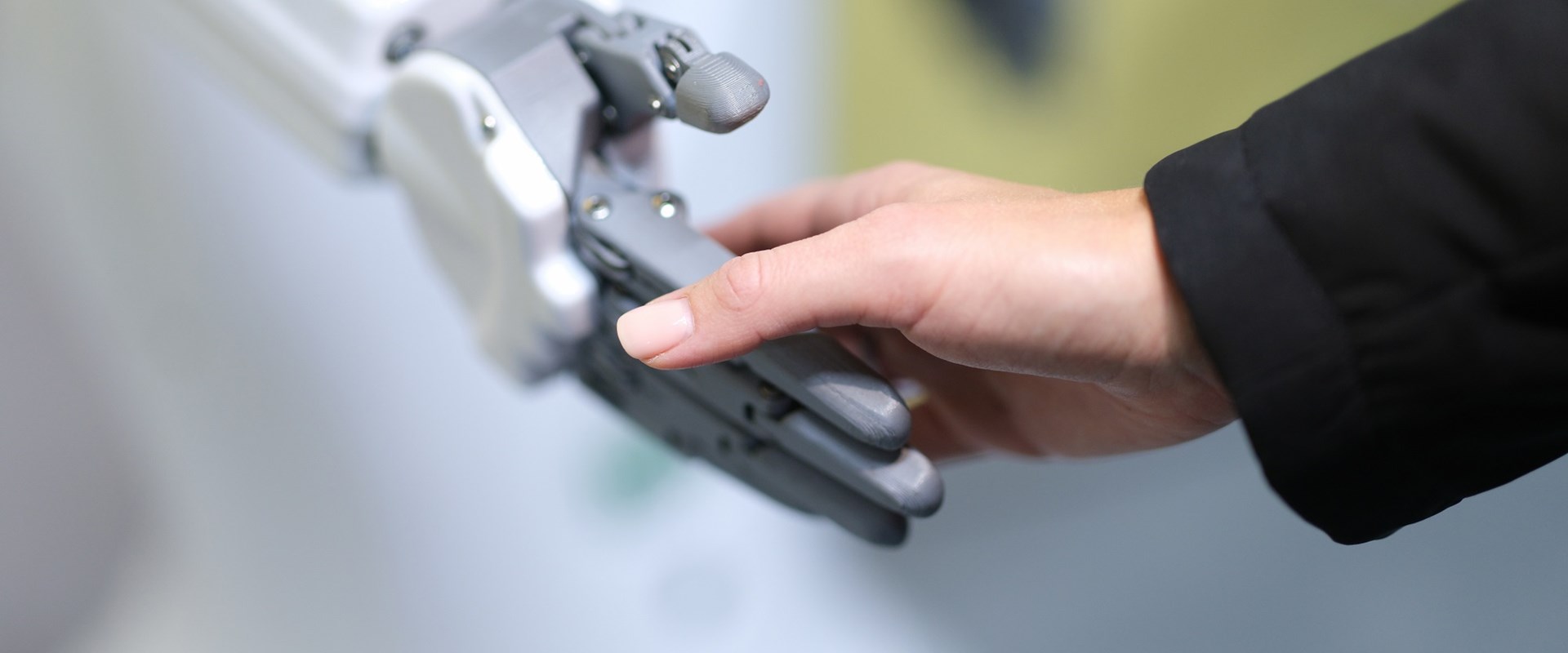The UK Intellectual Property Office (Patent Office, UK IPO) has issued a practice update regarding the examination of patent applications involving artificial neural networks (ANN).
Following a recent High Court judgment in Emotional Perception AI Ltd v Comptroller-General of Patents, Designs, and Trade Marks [2023] EWHC 2948 (Ch) (Emotional Perception), patent examiners should not object to inventions involving ANNs under the “program for a computer” exclusion.
LEGAL UPDATE: HIGH COURT'S RULING ON AI AND PATENTS
On 21 November 2023, the High Court delivered a significant judgment, shedding light on the status of artificial neural networks (ANNs) under UK patent law.
The crux of the judgment was whether an invention involving an ANN falls within the "program for a computer… as such" exclusion under section 1(2)(c) of the Patents Act 1977.
The High Court’s verdict overturns an earlier decision by a UK IPO Hearing Officer that had excluded the claimed ANN under this provision.
This development marks a notable shift under UK patent law in the assessment of ANNs for excluded subject matter.
WHAT'S THE CLAIMED INVENTION ALL ABOUT?
The claimed invention in Emotional Perception relates to a system for providing media file recommendations to an end user, including sending a file and message in accordance with the recommendation.
An example application is recommending music tracks: by analyzing music through a trained ANN, the claimed invention recommends similar music based on human perception and emotion rather than typical genre-based recommendations. The ANN training process involves considering natural language descriptions of a music track and for what are described as its physical properties - tone, timbre, speed, and loudness, for example.
Once the ANN is trained, music tracks are passed through it to produce outputs which are compared to a database from which recommendations of similar tracks are produced. The recommendations are provided to an end user by sending a file and message.
INSIGHTS FROM THE JUDGMENT
The judgment differentiated between hardware and software implementations of ANNs. It held hardware-based ANNs as falling outside the computer program exclusion (based for instance on the observation that “A traditional computer is a computer because of its functions and activities. It is not defined by the fact that it runs things called programs.”) and found emulated software-based ANNs, functioning similarly to hardware, as also not falling under this exclusion:
“It seems to me that it is appropriate to look at the emulated ANN as, in substance, operating at a different level (albeit metaphorically) from the underlying software on the computer, and it is operating in the same way as the hardware ANN. If the latter is not operating a program then neither is the emulation.”
Furthermore, in this judgement an argument was also accepted that moving data outside the computer system, in the form of a file that is transferred, provides an external (outside world) technical effect. Similar arguments have previously proven tricky before the UK IPO in this field. However, in this case it was held that, when coupled with the purpose and method of selecting the file’s contents, this feature fulfils the requirement for a technical effect which avoids the computer program exclusion. The judgement therefore provides further ammunition for patent applicants prosecuting inventions which previously may have been considered to fall foul of the exclusions from patentability more generally.
UK IPO's NEW APPROACH
Following Emotional Perception, statutory guidance published on 29 November 2023 states that UK IPO patent examiners should not object to inventions involving ANNs under the “program for a computer” exclusion. The Manual of Patent Practice and the UK IPO’s AI-related patent examination guidelines will be updated soon to reflect these changes.
This ruling marks a significant development in the patent eligibility of AI inventions under UK patent law, paving the way for further innovation in this dynamic field.





